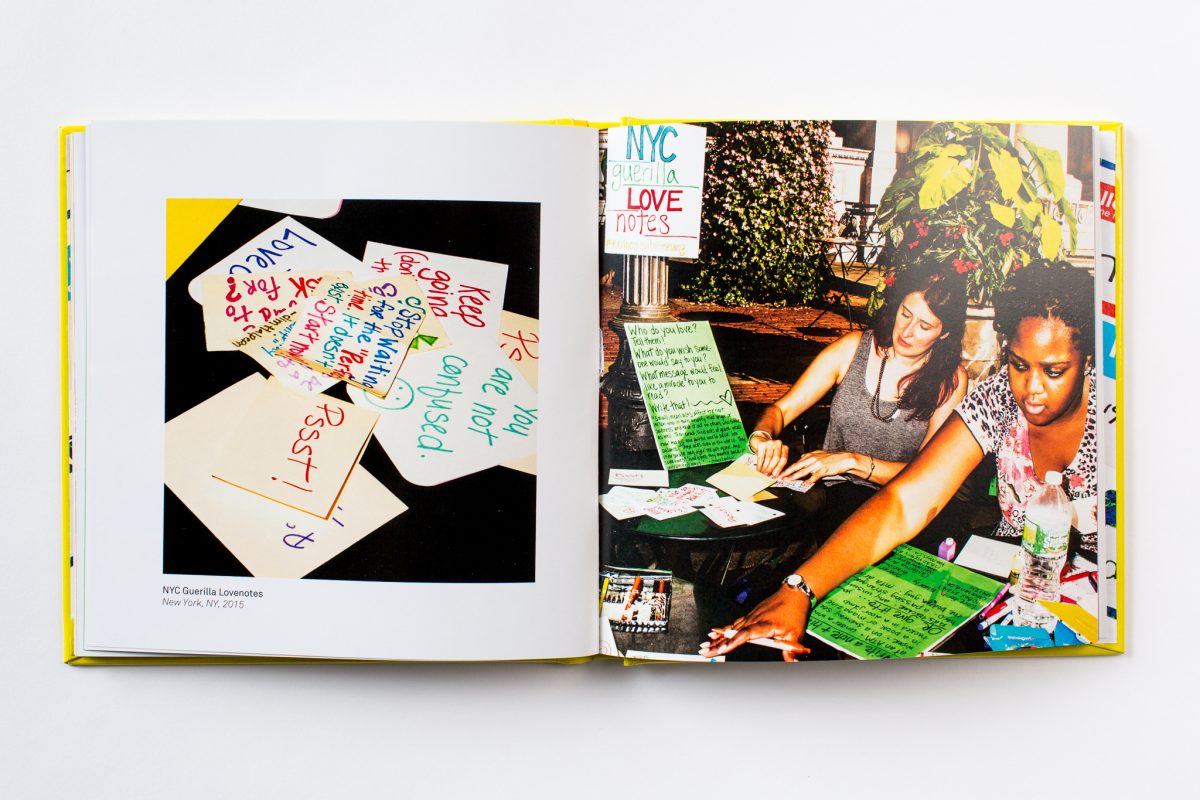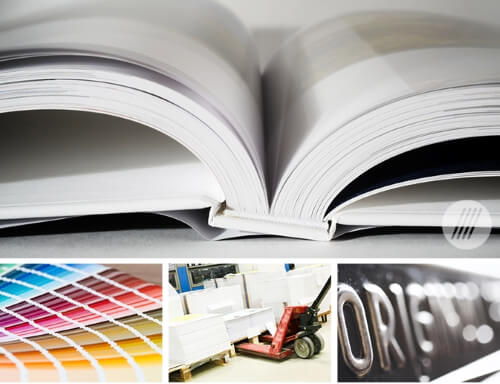Master Color Accuracy for a Professional art book Look
Master Color Accuracy for a Professional art book Look
Blog Article
Comprehending the Refine Behind High-grade Art Book Printing for Art Enthusiasts
When it involves high-grade art book printing, understanding the details of the procedure can elevate your appreciation for the last item. You may not recognize just how important paper selection and ink choices are to the vibrancy of artwork. Each component plays a substantial role in achieving the desired effect. As you explore the various elements of art book printing, you'll uncover understandings that might change your point of view on art preservation and presentation.
The Significance of Paper Option in Art Book Printing
When it concerns art book printing, the choice of paper can make or break the end product. You want your artwork to shine, and the ideal paper improves shade vibrancy and detail. Take into consideration factors like weight, appearance, and surface; these aspects substantially affect just how visitors view your job.
For example, a much heavier supply shares quality and durability, while a distinctive finish can add depth to pictures. Smooth paper is excellent for comprehensive recreations, enabling great lines and subtle shades to show up crisp.
Do not forget regarding the paper's illumination; a brighter sheet can aid colors pop, making your art more attractive. You'll additionally intend to think of just how the paper connects with inks and whether it can handle the printing procedure without buckling or bleed-through. Eventually, selecting the appropriate paper sets the phase for your art, guaranteeing it catches the target market's interest equally as you imagined.
Picking the Right Inks for Vibrant Recreations
Picking the ideal inks is equally as crucial as selecting top quality paper to accomplish lively reproductions in your art book. When you're publishing art work, you desire colors that pop and properly represent the original piece. Decide for inks with a high pigment focus; these have a tendency to generate richer and much more saturated shades.
You may think about making use of archival inks, which withstand fading over time, ensuring your art book stays as striking as the day it was printed. If you're functioning with pictures or electronically produced art, pigment-based inks can offer a broader color range, improving information and deepness.
Don't forget the surface! Matte and shiny inks can drastically modify the look of your artwork, so think of the appearance you're aiming to achieve - art book. Eventually, the ideal ink selection complements your paper choice, producing a spectacular aesthetic experience for your viewers
The Role of Color Management in Print Quality
Shade management plays an essential function in attaining high print top quality for your art book. It guarantees that the shades you see on your screen convert properly to the published web page. Without reliable shade monitoring, your dynamic artworks might show up dull or distorted, weakening your creative vision.
To start, adjust your screen consistently. This step aids keep consistent color representation. Next, make use of color profiles customized for your printer and paper type. These profiles assist the printer in replicating shades accurately, minimizing disparities between electronic and published variations.
When you prepare your data, take into consideration using a color area like Adobe RGB or CMYK, relying on your printer's specs. Constantly evidence your work, too; a test print can reveal any possible color concerns prior to the final run. By prioritizing shade administration, you guard the honesty of your art, assuring your target market experiences it as you planned.

Recognizing Various Binding Methods
Attaining the perfect try to find your art book goes past shade management; binding techniques additionally play a significant duty in its general discussion and resilience. You have numerous alternatives to review, each with its very own one-of-a-kind features.
If you're intending for a professional feel, situation binding provides a durable alternative with a hard cover, ideal for showcasing your art work. On the other hand, ideal binding provides an adaptable spinal column while keeping expenses down, making it a prominent option for softcover publications.
Spiral binding allows your art book to lay level, which is great for displaying images without blockage. Saddle sewing is optimal for smaller booklets, offering a tidy surface without the mass.
Inevitably, the binding method you choose must reflect your artistic vision and how you desire visitors to involve with your work. Make sure to consider these alternatives meticulously to accomplish the ideal end result for your project.
The Impact of Publish Size and Format on Discussion
While the choice of print size and format might seem additional to material, they substantially influence exactly how your art work is viewed. The measurements of your prints can either improve or decrease the effect of your pieces. Larger prints can draw audiences in, enabling them to appreciate intricate information, while smaller layouts may require more intimate involvement.

Conservation Strategies for Durable Art Books
To ensure your art books stand the examination of time, it's necessary to implement efficient conservation techniques. Use acid-free storage space boxes or protective sleeves to protect them from dust and physical damages.
When handling your books, constantly clean your hands or use cotton handwear covers to avoid oils and dust transferring onto the web pages. Prevent bending or wrinkling the backs; instead, make use of book supports when showing them.
For included protection, consider purchasing archival-quality materials for any kind of repair work or enhancements. Consistently inspect your collection for indications of wear or damages, attending to issues promptly. By following these easy strategies, you can assure your art publications continue to be dynamic and easily accessible for many years ahead, maintaining their charm and worth for future generations.
Collaborating With Printers for Ideal Results
When you're prepared to publish your art book, picking the appropriate printer is vital to attaining your vision. Clear interaction about your expectations and needs will certainly aid guarantee that both you and the printer get on the same page. Let's discover exactly how to make this collaboration as seamless and efficient as feasible.
Choosing the Right Printer

Reliable Interaction Methods
Efficient communication is crucial for transforming your art book vision right into truth, particularly when teaming up with printers. art book. Start by clearly outlining your project's goals, consisting of design elements, favored materials, and any type of particular printing techniques. Do not think twice to share your ideas and referrals; this assists the printer understand your visual
Set up routine check-ins to discuss progression and resolve any concerns. Use visuals, like mock-ups or samples, to communicate your ideas a lot more efficiently. Be open to feedback, as printers typically have useful understandings that can boost your project. Lastly, maintain a positive connection by being considerate and appreciative of their competence. This partnership will certainly guarantee that your art book fulfills your assumptions and beams in its final kind.
Often Asked Concerns
What Are Typical Blunders to Prevent in Art Book Printing?
When publishing your art book, prevent common blunders like inadequate resolution images, incorrect color accounts, and neglecting page design. Don't neglect to check and ascertain information to validate your final product meets your expectations.
Just How Does Digital Printing Differ From Typical Printing Methods?
Digital printing utilizes electronic files to produce prints directly, enabling quicker turnaround and personalization. In contrast, click for more info traditional methods entail physical plates, which can be taxing and less versatile for little runs or one-of-a-kind designs.
What Is the Regular Turnaround Time for Art Book Printing?
The normal turnaround time index for art book printing varies, however you can expect it to take anywhere from a couple of weeks to a number of months. Aspects like intricacy, quantity, and printing approach all influence this timeline.
Can I Publish a Restricted Edition Art Book Economically?
You can publish a limited version art book financially by selecting economical products, maximizing print runs, and making use of digital printing choices. Careful planning and budgeting will assist you achieve top quality without spending too much.
What Are the Environmental Factors To Consider in Art Book Printing?
When thinking about art book printing, you should consider environment-friendly materials, sustainable inks, and energy-efficient procedures (art book). Selecting local printers can likewise lower your carbon impact, making your job both beautiful and ecologically responsible
Report this page